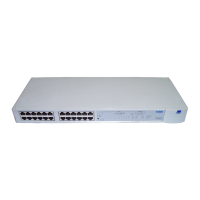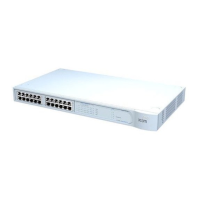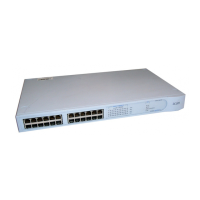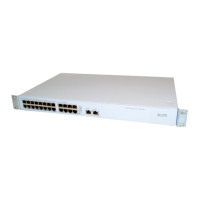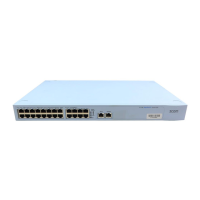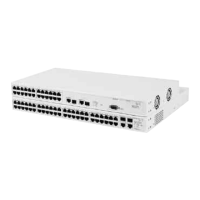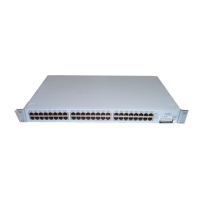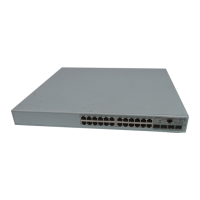Administering IP Multicast Routing 77
There are two fundamental types of IPv4 addresses, corresponding to the
communication methods:
■ Unicast addresses — Designed to transmit a packet to a single
destination.
■ Multicast addresses — Designed to enable the delivery of
datagrams to a set of hosts that have been configured as members of
a multicast group in various scattered subnetworks.
A broadcast address is a special type of multicast address. It is used
to send a datagram to an entire subnetwork; however, a broadcast
address is not usually routed beyond the subnetwork.
Multicast routing is not connection-orientated. A multicast datagram is
delivered to destination group members with the same “best-effort”
reliability as a standard unicast IP datagram. This means that a multicast
datagram is not guaranteed to reach all members of the group, or arrive
in the same order relative to the transmission of other packets.
The only difference between a multicast IP packet and a unicast IP packet
is the presence of a “group address” in the Destination Address field of
the IP header. Instead of a Class A, B, or C IP address, multicasting
employs a Class D destination address format
(224.0.0.0-
239.255.255.255).
Multicast routers execute a multicast routing protocol to define delivery
paths that enable the forwarding of multicast datagrams across an
internetwork. The Distance Vector Multicast Routing Protocol (DVMRP) is
a distance-vector routing protocol.
Before you define any IP multicast interfaces, you must first define IP
interfaces and routes.
Enabling and
Disabling DVMRP
Distance Vector Multicast Routing Protocol (DVMRP) is similar to the IP
Routing Information Protocol. Multicast routers exchange distance vector
updates that contain lists of destinations and the distance in hops to each
destination. The routers maintain this information in a routing table.
The default DVMRP mode is disabled.
